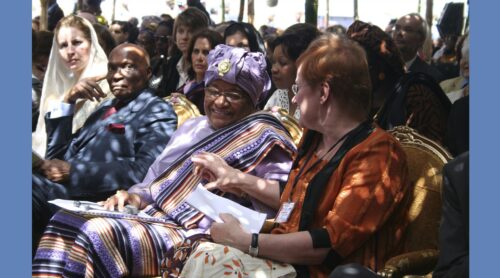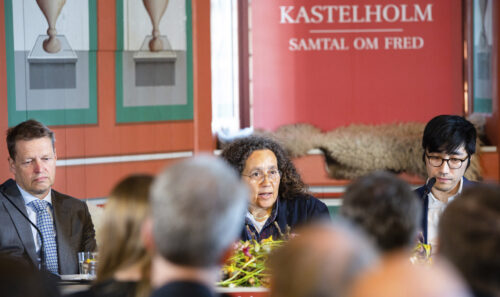On August 7, the Presidents of Ukraine and Russia had their first telephone conversation, official websites of their administrations report.
The phone conversation between Vladimir Putin and Volodymyr Zelensky took place at the request of the Ukrainian president. According to RBK-UA, he stated that the contact was due to the death of four UAF military in an explosion. The Ukrainian side blamed Russia for the military fatalities, which denies responsibility.
According to official statements by the two presidents, they discussed adherence to the permanent ceasefire, the Normandy 4 and Minsk Agreements.
President Zelensky, according to the statement by the administration, declined to implement the political part of the Minsk Agreements, precisely to amend the Constitution. President Putin, in a statement by his administration, emphasised the unacceptability of military attacks targeting civilian infrastructure by the UAF as ”the most efficient way to de-escalate the conflict”.
They also discussed the process of demining in the area of the Stanitsa Luganskaya Bridge, which is necessary in the full repair of the bridge.
The OSCE SMM in their report from August 6 describe joint activity of demining teams of the State Emergency Service of Ukraine and armed formations of the Lugansk People’s Republic working on both sides of the bridge over the Seversky Donets River, which separates the sides of the conflict. The OSCE SMM point out the greater number of ceasefire violations in areas north of government-controlled Avdiivka. The regular joint effort by the sides to prepare and demine the area of the bridge at the Stanitsa Luganskaya crossing are also reflected in the reports by the OSCE SMM from August 2, July 31, and July 30.
The OSCE SMM report from August 5 recounts the ceasefire violations in the areas east-north-east of Maiorsk (government-controlled, 45 km north-east of Donetsk), southerly directions at Chermalyk (government-controlled, 31 km north-east of Mariupol) and in southerly directions at Katerynivka (government-controlled, 64 km west of Luhansk). The report also notes the violation of the decision of the Trilateral Contact Group of March 3, 2016 prohibiting the conduct of live-fire training in the security zone, referring to a live-fire training exercise conducted by the LPR in the vicinity of Luhansk city (non-government-controlled).
The OSCE SMM report damage to a functioning school in a non-government-controlled part of the Donetsk Region as a result of shelling and the death of a woman who stepped on a mine. The report from August 2 details the trench extensions assessed to belong to the UAF in the areas near Mariupol. The same report indicates trench extensions by armed formations which were not visible in aerial imagery from July 14. The report indicates the number of fresh impact craters by the armed formations. There is no report of fresh impact craters by the UAF.
In the report from July 25 the OSCE SMM tell of how three Ukrainian Armed Forces soldiers entered the disengagement area near Zolote (government-controlled, 60km west of Luhansk) on July 24 and then left an hour later. Later the same day, a OSCE SMM patrol observed anti-tank mines for the first time between the positions of the UAF and armed formations.








